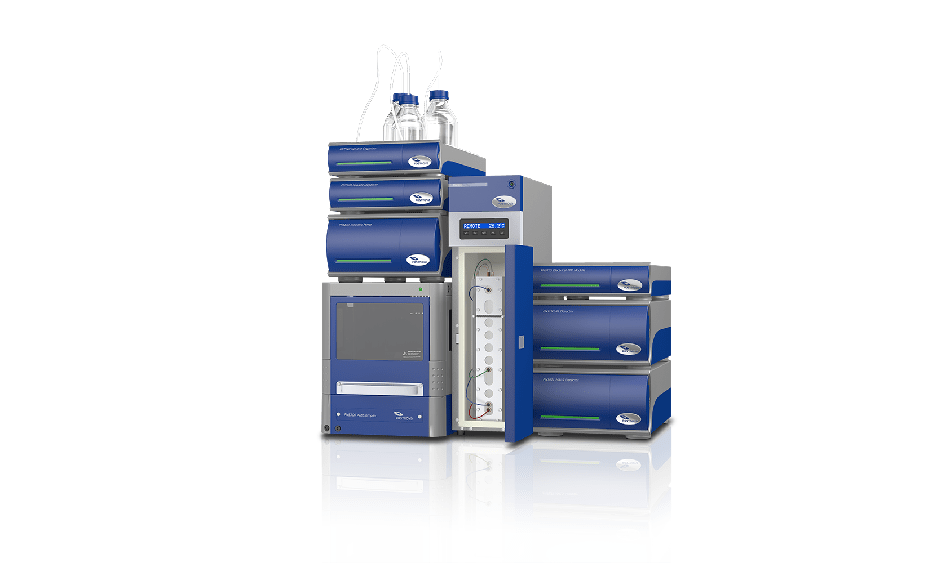
Postnova Analytics reports on a new method for the accurate molecular weight determination of complex polysaccharides (Chitosans) using asymmetric flow field flow fractionation (AF4) coupled with multi-angle light scattering (MALS) and differential refractive index (RI) detectors.
Historically the technique of choice for characterization of polysaccharides has been Size Exclusion Chromatography (SEC). However, for more complex polysaccharides, such as Chitosans, employing SEC techniques requires pre-filtration of samples to remove interfering aggregate fractions which is both time-consuming and can lead to considerable sample loss.
The described AF4-MALS-RI method allows the separation of polymer from molecular aggregates typically found in chitosan solutions making possible the accurate determination of molecular weight distribution of the polysaccharide macromolecules.
A new published paper** describes the effect of different experimental conditions on the obtained AF4 / MALS / RI results which were compared with those obtained from SEC-MALS-RI (Size Exclusion Chromatography-MALS-RI). The Chitosans analysed in this research were from different biological sources and of varying degree of acetylation.
The authors of the paper conclude that the AF4-MALS-RI method has the advantage of not only allowing the identification and separation of the aggregates present, but also the accurate determination of the MW distribution for a wide range of chitosan’s of varying type where results are well correlated with those obtained by more conventional techniques.
The Postnova AF2000 is a high-performance Asymmetric Flow Field-Flow Fractionation (AF4) platform for separation of nanoparticles, macromolecules such as polysaccharides and proteins in complex matrices. Modular in design, the AF2000 incorporates the combined experience, expertise and technological advances from Postnova Analytics' two decades of leadership in FFF. Incorporating a range of FFF modules in a single integrated system to provide universal separation, the AF2000 offers more flexibility, better performance and more robust results than any system before.
To read the published article** in full please visit https://bit.ly/2KZ2KxM. For further information on AF2000 system please visit www.postnova.com/af2000-overview.html.